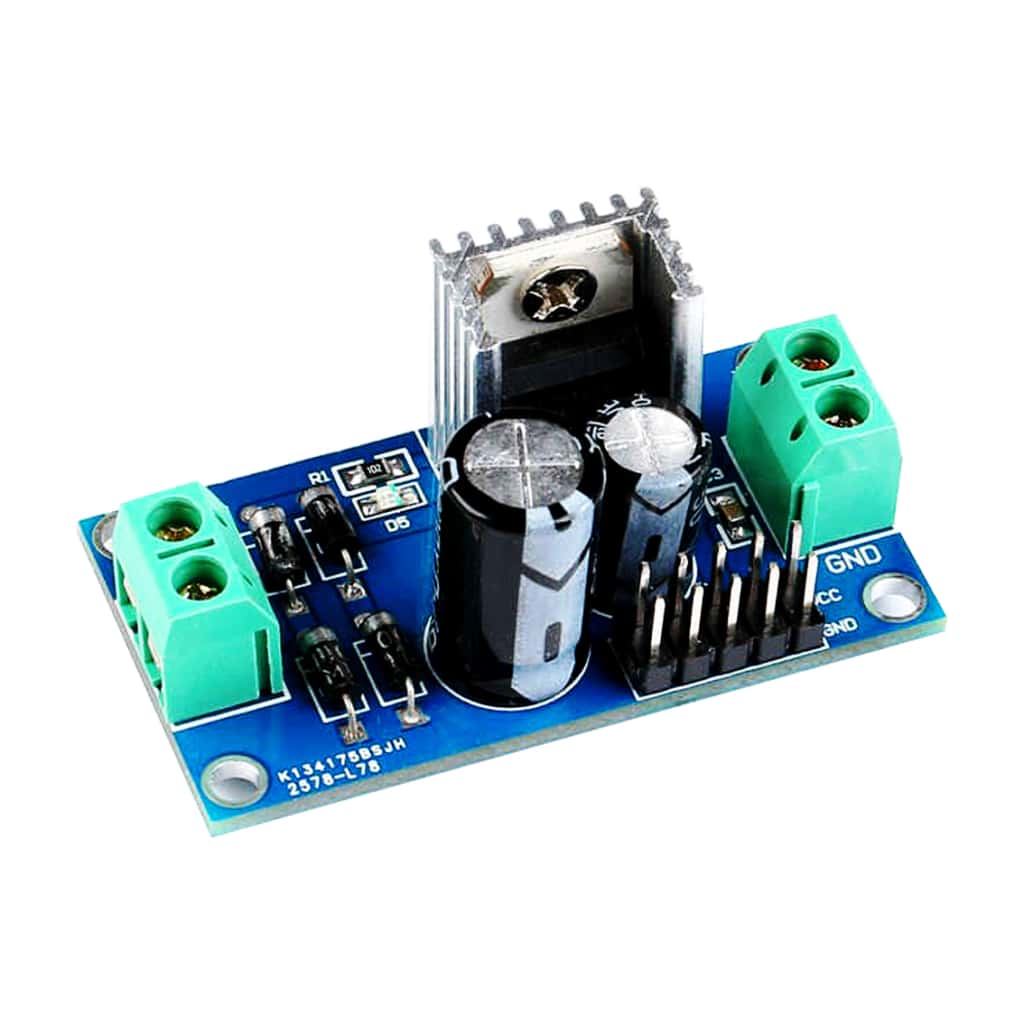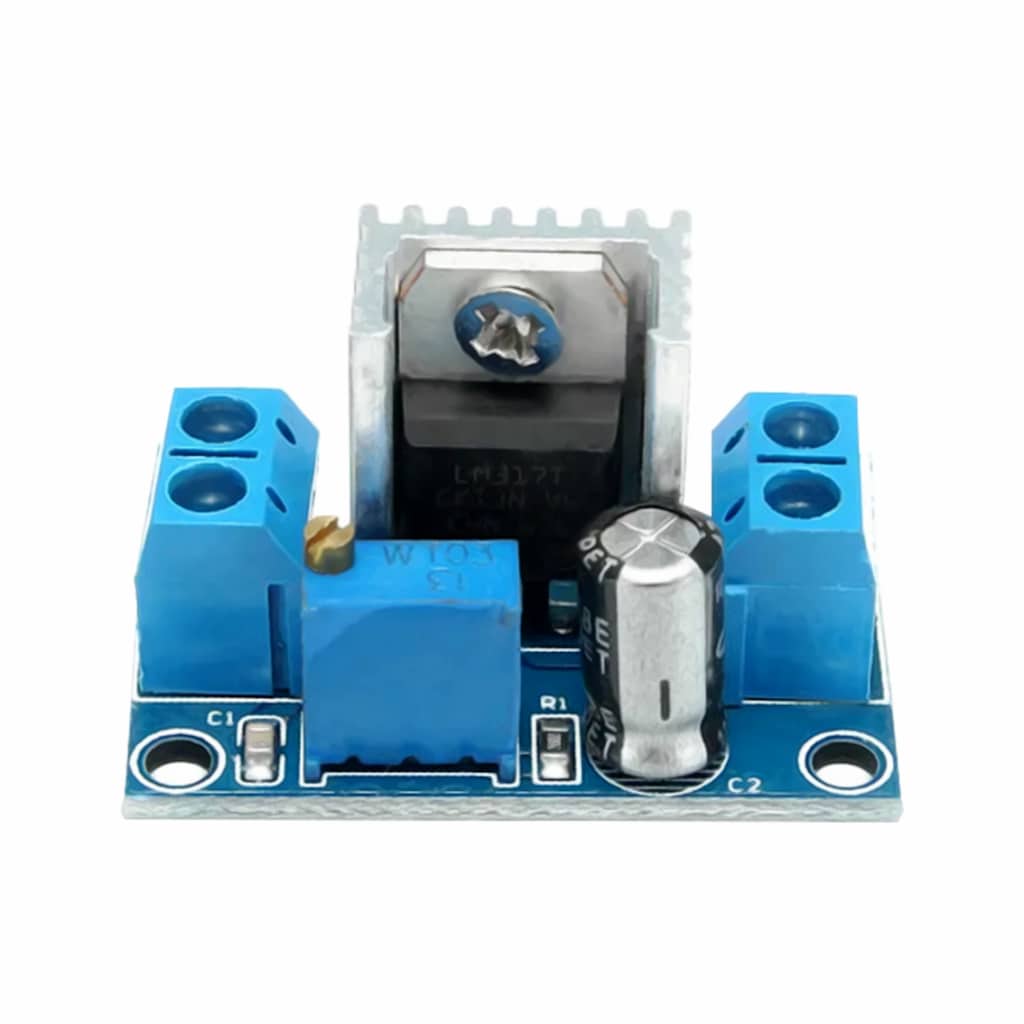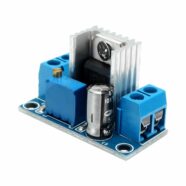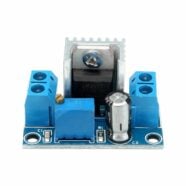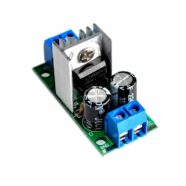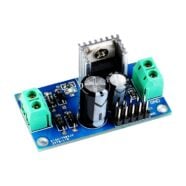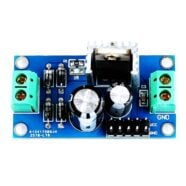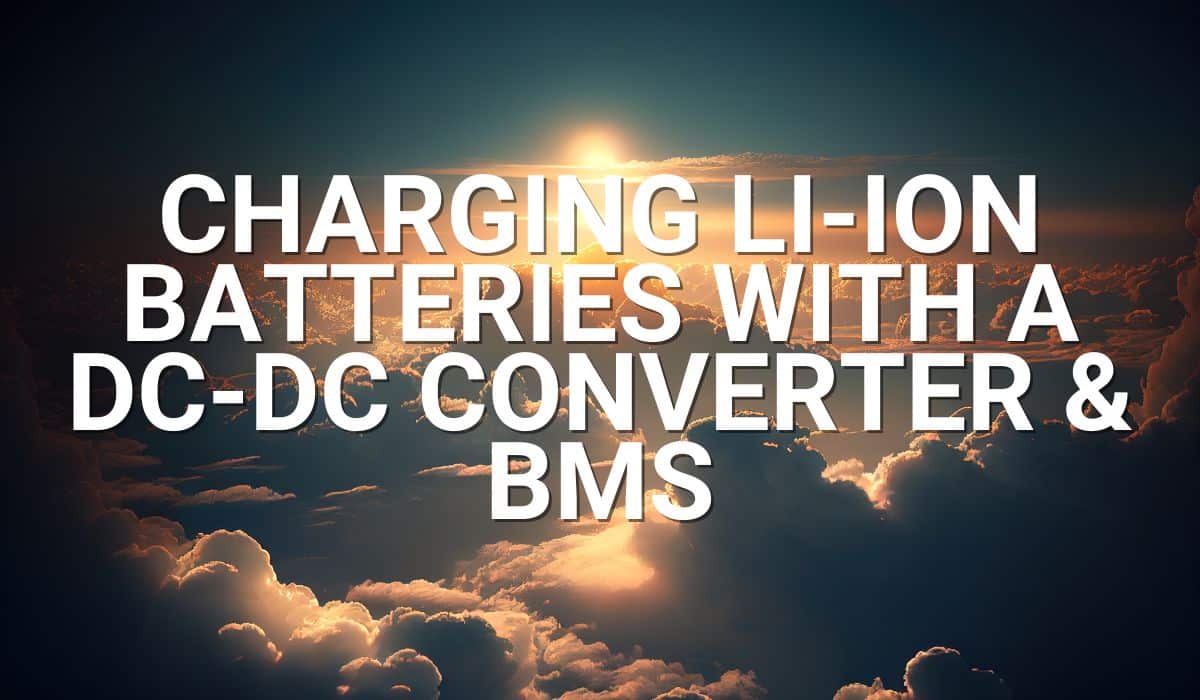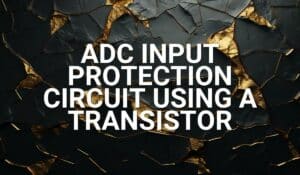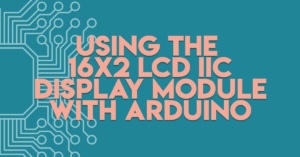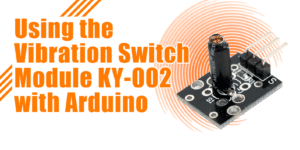Introduction
Voltage regulators are important devices that keep a source voltage steady across varying currents or loads. You’ll see voltage regulators used on different devices such as development boards, power supplies, RF modules, sensors, etc. These regulators can be of different kinds. Usually there are 2 kinds you can choose from, linear and switched mode regulators.

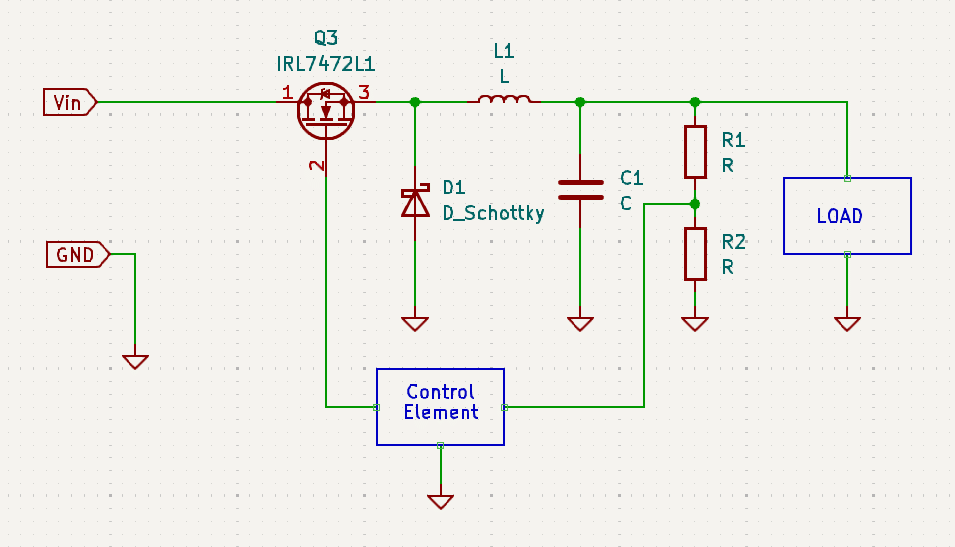
The theory and concept of Basic Linear Voltage Regulators was already discussed and you can review it. Additionally, the popular Classic Three Terminal Voltage Regulators was also discussed. You’ll learn important concepts and example ICs on these articles, so please check them out.
Differences Between Linear Voltage Regulators and Switched MOde Regulators
Knowing the differences between a linear and a switched-mode voltage regulator is essential so you can make the right decision on what to use for your projects.
| Linear Regulator | Switched Mode Regulator |
|---|---|
| Usually uses a power pass transistor with feedback to control load output | Uses high frequency transistor, coil, and capacitors with feedback to control load output |
| Less efficient, energy wasted as heat | More efficient, less thermal issues |
| Less EMI and ripple voltage | Can generate EMI and ripple voltage due to high frequency components |
| Simple design | Complex design |
| Fast transient response | Slower transient response |
The COnvenience of Ready-Made Linear Voltage Regulators
Since these linear voltage regulators are indispensable components, having them ready placed on a module provides convenience for the user. Below is an example of a 7812 voltage regulator module, complete with a rectifier, a heatsink, filter and transient capacitors, headers and screw terminals. It even has an LED indicator to know when the unit has turned ON. All the user has to do is place them on their intended circuit. The unit can power loads in excess of 1A.
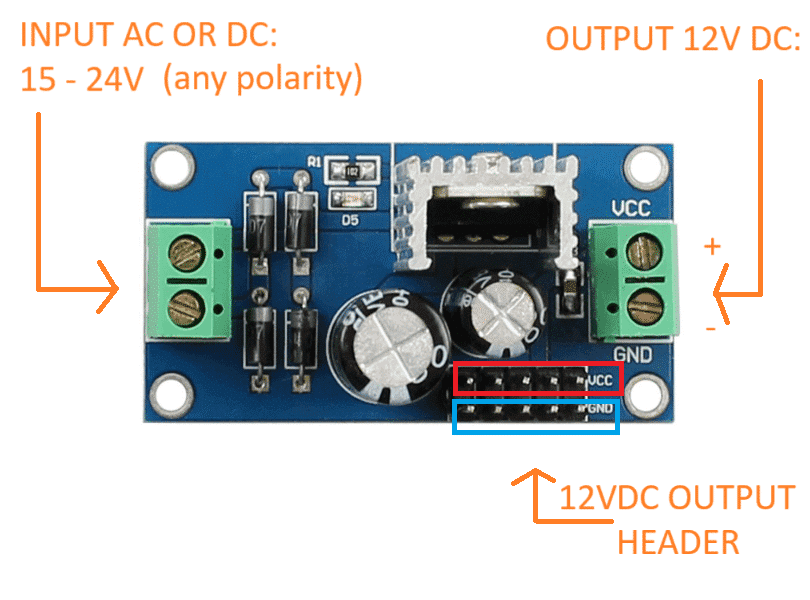
Notice that the input can either be AC or DC. This means you can use this module from a step-down transformer from mains or to step down a DC voltage greater than 12V (usually 2-3 volts higher). The same goes true for a 7805 linear voltage regulator. If you have a higher input voltage, the more power dissipation the regulator dissipates. This means more heat is generated. All 78XX series regulators have internal shutdown circuits if their thermal capacity has been exceeded.
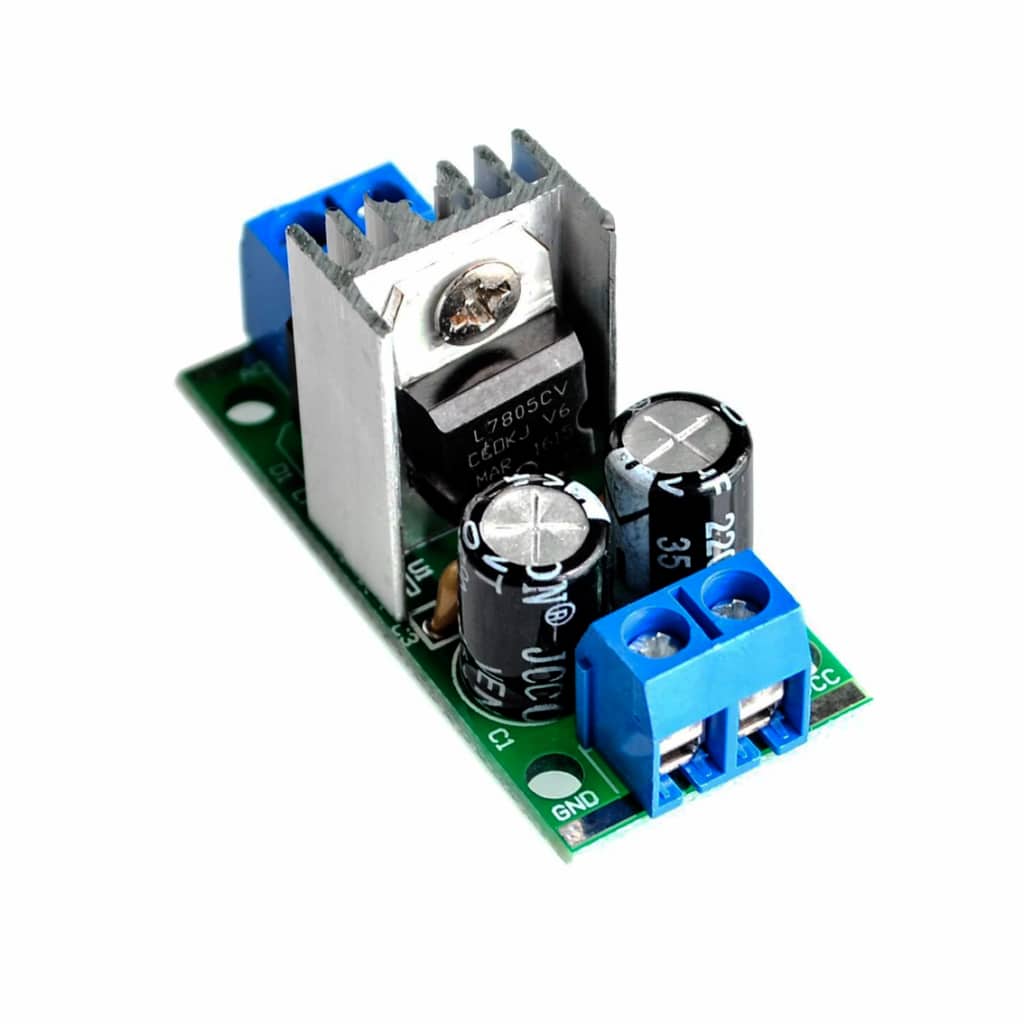
If you need to step down or regulate to a variable voltage, there is the LM317 voltage regulator module. Note though that this module only accepts DC voltages. This regulator has the necessary resistors and capacitors to stabilize the output. A precision multi-turn potentiometer allows you to fine-tune the voltage. A heatsink and screw terminals are already provided.
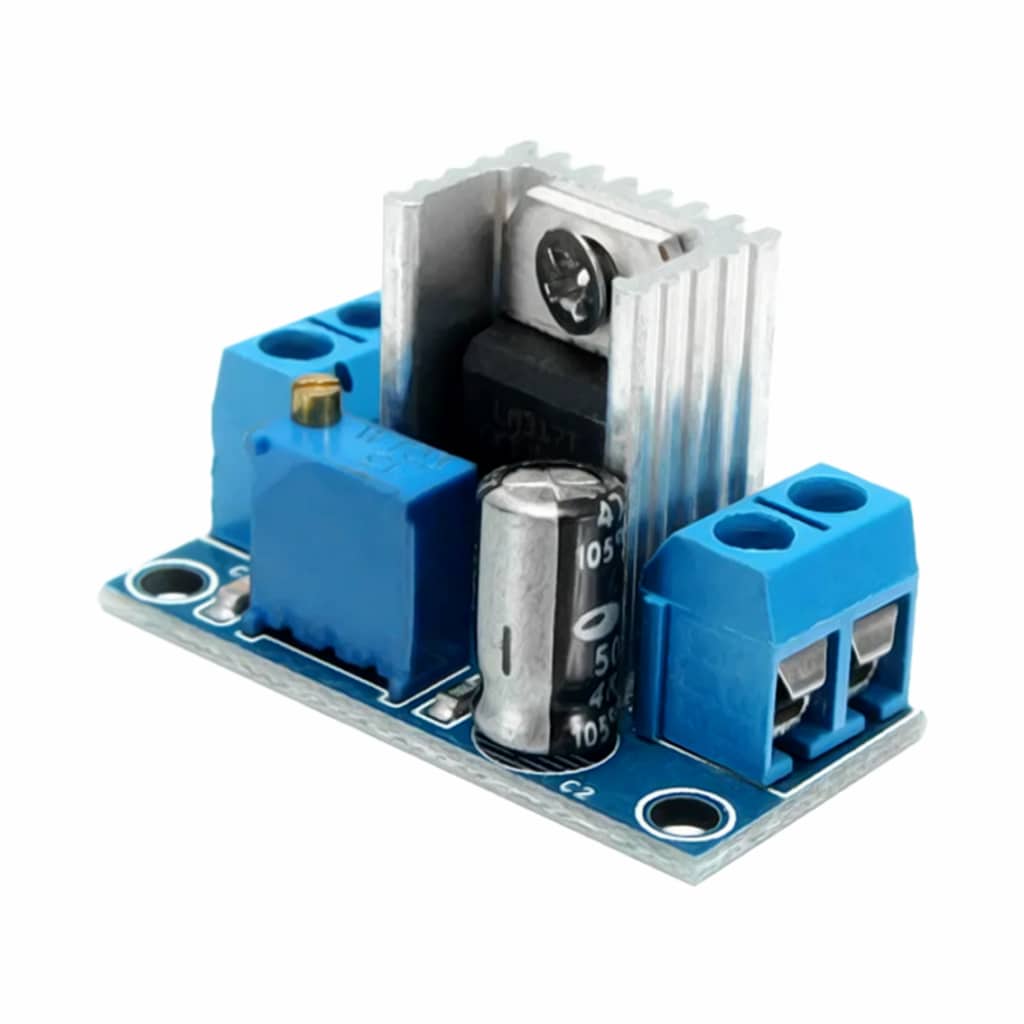
Conclusion
The article discussed ready-made linear voltage regulators. These are the L7812, L7805, and LM317 voltage regulator modules. These devices will help you setup linear regulated power sources in excess of 1A on your projects.

